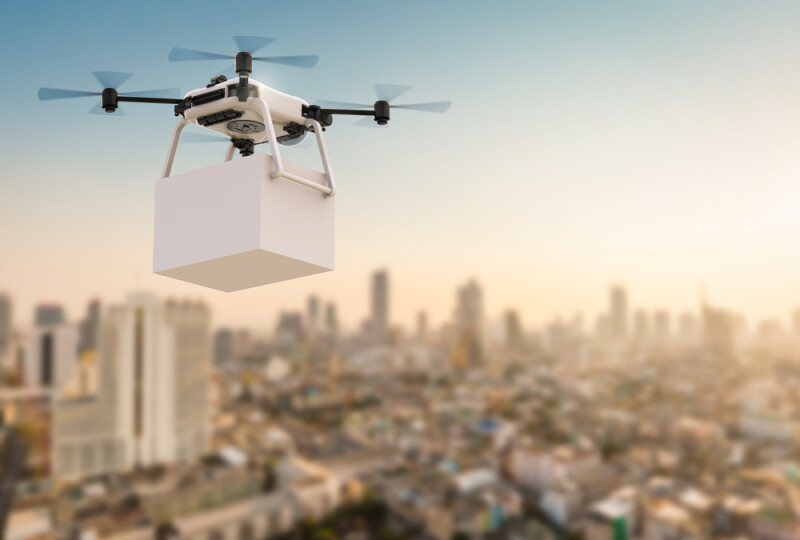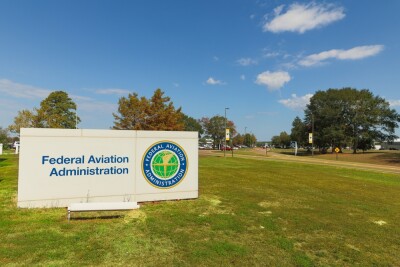Walking around the exhibit show floor and listening in on a number of different sessions throughout this year’s Commercial UAV Expo at Caesar’s Forum in Las Vegas, one of the major themes that has come through is the growth in the advanced air mobility space. Use cases like drone delivery have largely been seen as long-term eventualities, but we’re starting to see these services pop up in the real world today and the industry is starting to truly bubble up.
This is something that has been noticed by Trimble Applanix, who specializes in positioning and georeferencing technology. Earlier this year, the company introduced their new Trimble PX-1 RTX positioning system designed specifically for this drone delivery and broader advanced air mobility space. On the show floor, Brad Schmidt, global sales manager with Applanix, took a few minutes to speak with Commercial UAV News about the company’s new offering.
Schmidt notes that traditionally Applanix has worked a lot with the surveying and mapping industries, but they have recently seen the delivery space grow and believed their technology could assist in that field. He said, “We've seen the emergence of the drone delivery market, and we do have technology that can address some of the needs in the space for navigation, guidance, and control.”
He explains further that the PX-1 RTX works with two main components: a GNSS/IMU component as well as an RTX. The former provides the positioning and orientation information for the delivery drone, while the latter ensures satellite connection and corrects any satellite errors throughout a flight without interruption. It’s that RTX, Schmidt says, which separates this technology from others in the industry.
To Schmidt, adding technology for delivery services was a natural transition for the company given Trimble’s areas of expertise. “We’re a positioning company, and positioning is core to drone delivery,” Schmidt said. “We saw the market emerge, and we’ve had an eye on it for some time now. There’s been a lot of R&D going on in this market, and now these systems are starting to be deployed and activated.”
Looking even farther down the road, Schmidt does believe that this kind of technology can also be used even more in the Advanced Air Mobility space eventually with air taxis. He acknowledges that these use cases are still a “little ways out,” and that regulations will need to be put in place to make it move, which will take time. That said, this same technology being used for drone delivery can certainly be applied to air taxis in the future.















Comments